In the past two blogs I’ve posted, I discussed the agile methodology for software implementation and the way in which we have reorganized ourselves at Soft Tech, taking advantage of a method which consistently delivers better systems at sign off. In this article, I’m going to discuss agile software implementation and you – because there are impacts and requirements on our customer when we install your software using this approach.
A quick recap: the agile methodology is a (relatively) new take on both software development and implementation; for details, see my first article in this series. Enterprise software implementations are called that rather than installs because they are complex and require considerable time, effort, and expertise for the appropriate configuration to meet your company’s specific needs.
In days gone by, an implementation would largely be handled by your vendor or partner (if the vendor isn’t doing it directly). With the contracts signed, there would be steering committee meetings perhaps once every six weeks; you’d largely get on with business as usual, and we’d largely get on with deploying the new software.
The trouble with this approach is that over the three, six or nine months of the project, a lot can and routinely does change. New requirements might emerge. Some features in the software might no longer be required. Additional related systems might be introduced, updated, or even retired. The nature of your business could even evolve beyond what it was at the commencement of the engagement.
When all these things happen – as they do – they cause drift, to the extent that when the software is delivered, it might be on time and within budget but… not quite fit for purpose.
This is the crux of the agile methodology. It takes your business along nearly every step of the implementation journey. And in some cases, that journey mightn’t be entirely clear at its commencement.
This is because the more mature agile approach anticipates the shifting sands of commercial reality. We now take an approach of ‘we have an idea, but not an X-marks-the-spot’ of where we need to be.
Not only does this require a different approach from those implementing the software (as I explained here), but it also requires a different approach from you, the customer.
You will be far more involved, and that is a big ask because we know you have business as usual concurrently underway.
But as they say, it is necessary to keep an eye on the prize. Enterprise software is an investment requiring man-hours and commitment for its successful implementation. You want to be sure that once in place, the software delivers optimal and maximal value and agile is the best way to achieve that.
The overhead required of you is far closer involvement in every aspect of the project. Your people will engage with ours virtually on a routine basis, with the first deliverables seen within as little as two weeks. There will be more meetings, as often as weekly, and these meetings will involve more of your people and more of the time, though we do take care to only have people in the room who really should be there. These are not meetings for the sake of meetings, they are meetings for the sake of value.
I’ve noted previously that for our own company, agile creates a far stronger team dynamic. This extends to your company and people who become part of the implementation team, learning as you go, working with the software from an early stage, and engaging closely with the process solving problems as they arise.
This means by the time we approach the finish line, everyone who is to use the software knows it if not inside and out, then certainly far better than they ever could with a waterfall approach.
And here’s the real benefit. With your close co-operation, which steers the project where it needs to go rather than towards a hypothetical X on a treasure map, we’re seeing projects delivered ahead of schedule and under budget. This is at the same time as achieving a result which, at go-live, doesn’t require a ton of remedial work to cope with the independent evolution of your business which happens in a waterfall approach.
The bottom line is that agile achieves a far better implementation which has already started delivering value to your business before go-live, and certainly directly after. We’ve seen customers shocked at the pace of delivery… and thrilled with the results.
If you’d like to know more about the agile approach at Soft Tech, do get in touch!
